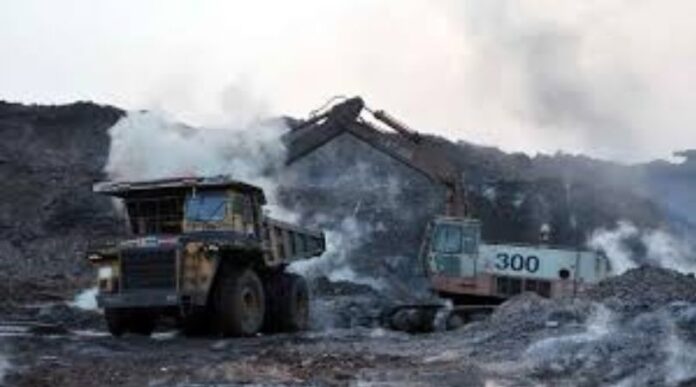By Our Editor
Union Minister Jitendra Singh’s recent statement in Lok Sabha that the Centre has not abandoned its decision to mine Uranium from Domiasiat-Mawthabah area in South West Khasi Hills stirred up a hornet’s nest drawing flak from various quarters. Speaking to the media a few days ago in Rambrai, West Khasi Hills, Deputy Chief Minister Prestone Tynsong clearly mentioned that the state government is against uranium mining and he reminded that it also depends on the landowners because the land belongs to them as reconfirmed by Supreme Court in 2019. It seems that they easily forget what happened to humans because of radioactive accidents in the past and the inability to deal with crisis. In spite of all precautions and strict vigilance in developed countries yet the inevitable could not be avoided. In September 1999, crisis in Tokaimura, Japan may rate as the nation’s worst ever nuclear disaster but this does not compare at all to the radioactive tragedies at Chernobyl in the then Soviet republic of Ukraine or even Three Mile Island in the United States (US). Following data collected and compiled are quite glaring and nuclear scientists have rated severity of nuclear damage according to a scale that starts from 1 (a simple and minor anomaly) to 7 (a complex and major accident). Basing on these scales, nuclear accidents so far were at Kyshtym, Soviet Union in 1957 with scale of 6, Three Mile Island, US with scale of 5, Chernobyl, Soviet Union with scale of 7 and Tokaimura, Japan in September 1999 with scale of 4.
Uranium was discovered by German scientist MM Klaproth in 1789 and for nearly 150 years it was of practically no industrial significance. However, scientists were able to find out its radioactivity in 1896 and nuclear properties in 1939 and uranium is now one of the world’s most sought after industrial resources though highly sensitive and quite controversial. Among great researchers Marie Curie, Polish-born chemist undergoing doctoral thesis, became victim to uranium dying of leukemia. Till date Curie’s note books are considered to be still dangerously radioactive. Nuclear energy is very useful but dangers are also very great which is becoming highly controversial. Atomic Minerals Division (AMD), constituent unit of Department of Atomic Energy (DAE), Government of India having Regional Office at Shillong for North Eastern Region has located significant amount of uranium near Domiasiat village in South West Khasi Hills district. Because of immense health hazards and extreme environmental pollution members of Khasi Jaintia Environment Protection Council (KJEPC) had registered strong protest with central government and state government.
Uranium mining in Jaduguda, Jharkhand has been reported to cause radiation, genetic mutation and slow death among villagers in and near mining areas. For years, people living in Adivasi villages close to sprawling complex of Uranium Corporation of India Limited (UCIL), Jaduguda took such abnormalities for granted and told themselves it was God’s will until much later they came to realise that it was due to uranium radiation. Dr Adinarayana Gopalakrishnan, former Chairman of Atomic Energy Regulatory Board (AERB) had criticised India’s nuclear establishment for its excessive secrecy and lack of accountability and he suggested for openness in our nuclear policy.


